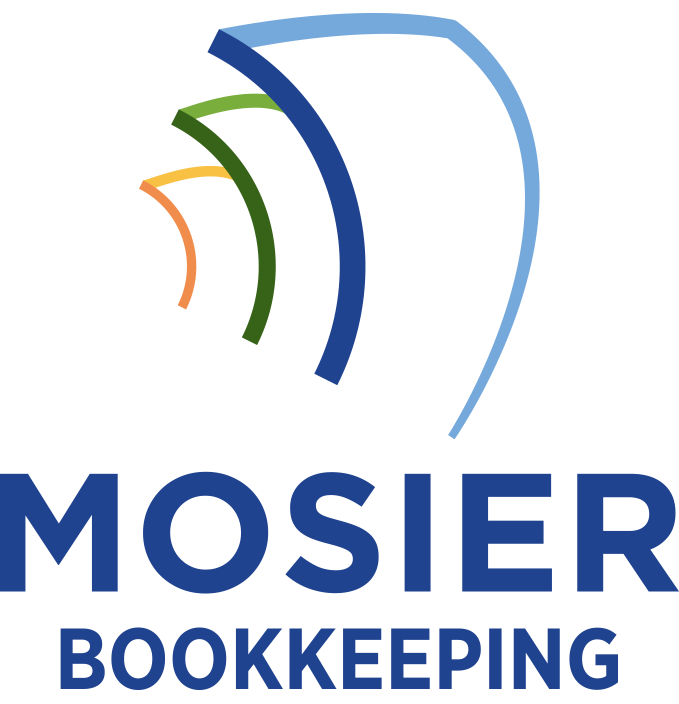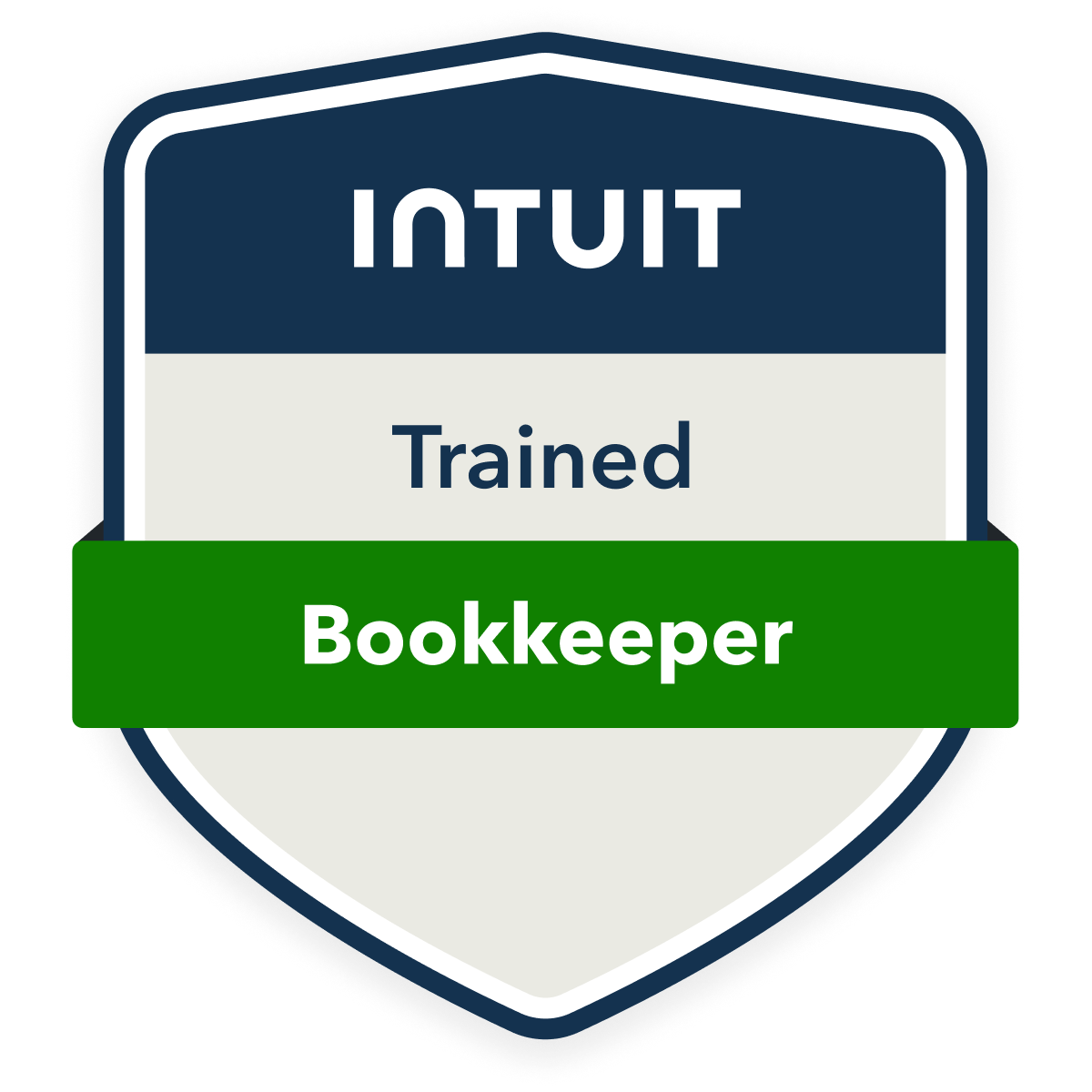A modern payroll system integrates five core components that I’ve found indispensable for managing employee compensation effectively. These include employee time and attendance tracking, tax calculations with compliance features, compensation and benefits processing, secure record keeping with data protection, and extensive reporting capabilities. Each component plays a crucial role in ensuring accurate payroll processing, regulatory compliance, and data security. Understanding how these elements work together will reveal the full scope of effective payroll management.
Employee Time and Attendance Management
Time tracking forms the foundation of any effective payroll system. I recommend implementing robust attendance management tools that capture clock-ins, breaks, overtime, and leave requests. Your system must verify work hours against schedules, flagging discrepancies instantly.
I’ve found that integrating biometric verification and mobile check-ins prevents time theft and buddy punching. You’ll want automated alerts for late arrivals, early departures, and overtime thresholds. By capturing detailed time data, you’re positioned to analyze labor costs, optimize scheduling, and guarantee compliance with wage laws – essential controls that protect your bottom line.
Tax Calculations and Compliance Features
Accurate tax calculations stand at the core of payroll compliance. I’ll show you how a robust tax calculation system guarantees you to maintain control over your organization’s financial obligations while minimizing risks.
Your payroll system must include these critical tax compliance features:
- Automated calculation of federal, state, and local tax withholdings based on current rates and employee W-4 information
- Real-time updates to tax tables and regulatory changes across multiple jurisdictions
- Built-in verification tools to catch
Compensation and Benefits Processing

Beyond tax compliance, effective compensation and benefits processing forms the backbone of employee satisfaction and retention. I’ll show you how to master this critical component through systematic management of base salaries, overtime calculations, bonuses, commissions, and performance incentives.
Your payroll system must handle complex benefit deductions including health insurance, retirement contributions, life insurance, and flexible spending accounts. I recommend implementing automated tracking for paid time off, sick leave, and vacation accruals. You’ll need robust functionality to process garnishments, child support payments, and other regulated deductions. Integration with time and attendance systems guarantees accurate processing of variable pay components.
Payroll Record Keeping and Data Security
Every payroll system requires robust record keeping practices and stringent data security measures to protect sensitive employee information. I’ll explain the critical controls you need to implement for maintaining compliant and secure payroll records.
- Establish a secure document retention system that stores payroll records, tax forms, and personnel files for the legally required duration (typically 3-7 years)
- Implement role-based access controls and encryption for all digital payroll data
- Create detailed audit trails that track every payroll transaction, system access, and data modification
These measures will protect your organization from data breaches, compliance violations, and unauthorized access to confidential payroll information.
Reporting and Analytics Capabilities

Building on secure data management practices, the reporting and analytics functions of a payroll system transform raw data into actionable business intelligence. I’ll show you how these capabilities give you strategic control over your workforce costs and trends.
| Report Type | Purpose | Strategic Value |
|---|---|---|
| Payroll Summary | Track compensation totals | Cost monitoring |
| Labor Distribution | Analyze department costs | Resource allocation |
| Overtime Analysis | Monitor extra hours | Productivity optimization |
| Benefits Usage | Track benefit elections | Program effectiveness |
| Tax Compliance | Monitor tax withholdings | Risk management |
I recommend leveraging these reports to identify cost-saving opportunities, make data-driven staffing decisions, and maintain compliance with minimal effort.









